Victoria Crowned Pigeon: Bird Species Profile
Updated on 04/26/24
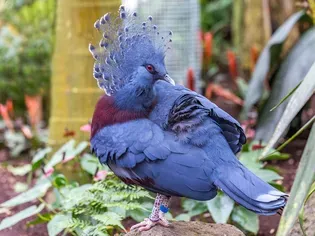
Discover the Majestic Victoria Crowned Pigeon: A Bird Species Profile
Immerse yourself in the captivating realm of the Victoria crowned pigeon, an avian masterpiece renowned for its exquisite beauty and intriguing characteristics. This blog post will delve into a comprehensive profile of this magnificent bird species, exploring its fascinating ecology, behavior, and conservation status.
Taxonomy and Description
The Victoria crowned pigeon, scientifically known as Goura victoria, belongs to the family Columbidae within the order Columbiformes. It is a large terrestrial bird, primarily found on the island of New Guinea. As its name suggests, this pigeon is adorned with an elaborate crown of ornate feathers that distinguish it from other species. Its plumage ranges from deep blue to iridescent green, with intricate patterns and velvety black underparts. The Victoria crowned pigeon boasts a massive size, with an average length of 76 cm (30 inches) and a weight of up to 3.3 kg (7.3 pounds).
Distribution and Habitat
The Victoria crowned pigeon is endemic to the island of New Guinea, primarily inhabiting the lowland forests and mangrove swamps along the northern coast. These birds prefer dense vegetation with ample understory, providing them with cover and nesting sites. Their distribution is restricted to certain areas within Papua New Guinea and the Indonesian province of Papua.
Behavior and Ecology
Victoria crowned pigeons are highly social birds, living in small flocks ranging from 6 to 20 individuals. They establish long-term pair bonds and exhibit strong territorial behavior, defending their territories with vigorous displays and vocalizations. These pigeons are primarily frugivores, feeding on a variety of fruits, seeds, and occasionally small invertebrates. Their feeding habits play a crucial role in seed dispersal and forest regeneration.
Example:
A fascinating aspect of their behavior is their "anting" behavior. The Victoria crowned pigeons will rub themselves with ants, believing that the formic acid secreted by the ants helps control ectoparasites.
Reproduction and Breeding
Victoria crowned pigeons reach sexual maturity at around 2 years of age. Breeding typically occurs during the rainy season, and the female lays a single egg in a simple nest constructed on the forest floor. Both parents participate in incubating the egg and provisioning the chick. The incubation period lasts for about 30 days, and the chick fledges after approximately 4 months.
Example:
The elaborate courtship display of the Victoria crowned pigeons is a captivating spectacle. The male will inflate his wattles and perform a series of exaggerated bows and struts, attempting to attract a mate.
Conservation Status
The Victoria crowned pigeon is classified as Vulnerable by the International Union for Conservation of Nature (IUCN). The population has declined significantly due to habitat loss, hunting for food, and the illegal pet trade. Conservation efforts are underway to protect their remaining habitats and promote sustainable practices.
Cultural Significance
The Victoria crowned pigeon holds great cultural significance for the indigenous tribes of New Guinea. In many traditions, these birds are considered sacred and revered as symbols of beauty, fertility, and protection. Their feathers are often used in traditional ceremonies and rituals.
Conclusion
The Victoria crowned pigeon is a captivating bird species that embodies the beauty and diversity of the natural world. Its elaborate crown, vibrant plumage, and intriguing behavior have made it a symbol of avian magnificence. However, the decline of its population highlights the importance of conservation efforts to protect this endangered species and ensure its future in the intricate tapestry of life. By understanding and appreciating the Victoria crowned pigeon, we can contribute to its survival and ensure that this magnificent creature continues to grace the forests of New Guinea for generations to come.
Explore More Pets
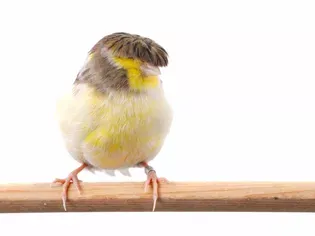
Small Bird Breeds
Gloster Canary: Bird Species Profile
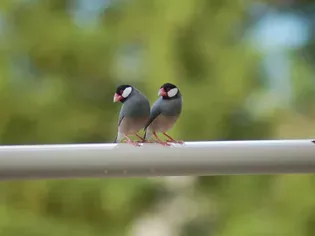
Small Bird Breeds
Java Finch: Bird Species Profile
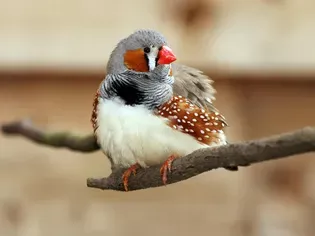
Small Bird Breeds
Zebra Finch (Chestnut-Eared Finch): Bird Species Profile
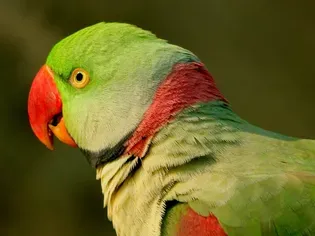
Small Bird Breeds
Alexandrine Parakeet: Species Characteristics & Care
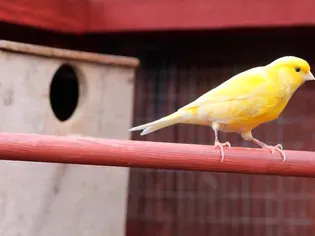
Small Bird Breeds
Canary: Bird Species Profile
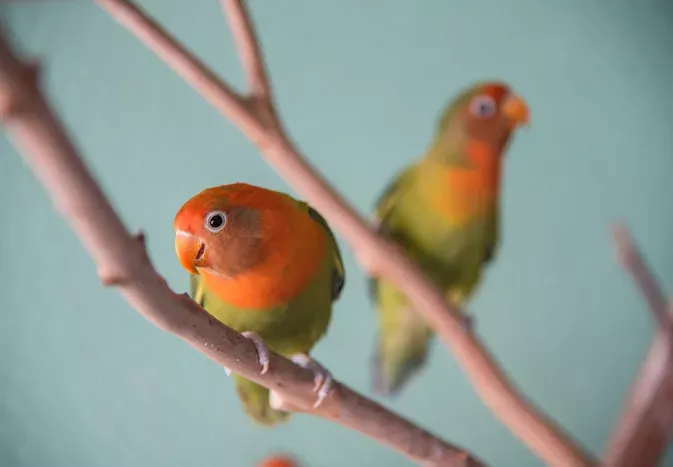
Small Bird Breeds
Lovebird (Pocket Parrot) Species Profile
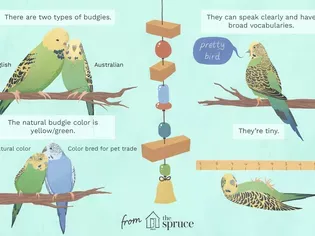
Small Bird Breeds
A Guide to Pet Budgie Birds
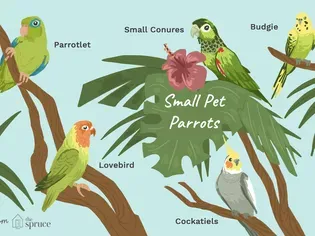
Small Bird Breeds
Types of Small Parrots